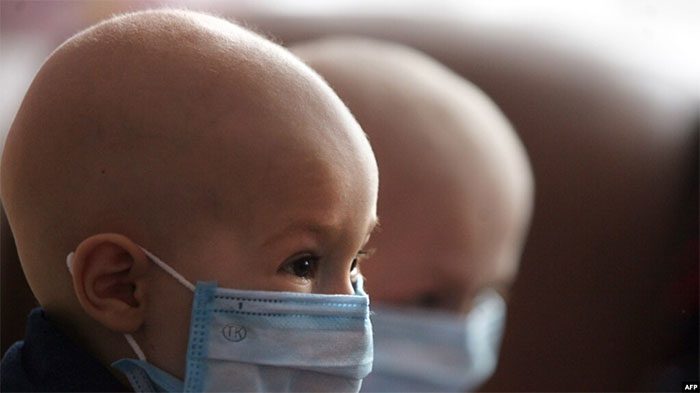Australian scientists have made a breakthrough in early diagnostic testing methods, enabling them to identify which pediatric cancer patients are at high risk of life-threatening infections.

Australian scientists have made a breakthrough in identifying pediatric cancer patients at high risk of life-threatening infections. (Image: AFP)
In a study published by the Walter and Eliza Hall Institute (WEHI) of Australia on July 12 in the journal Clinical & Translational Immunology, researchers reported that they have identified pediatric cancer patients who are at risk of serious infections related to neutropenia—a condition characterized by a low level of neutrophils, which are white blood cells crucial for fighting bacteria, preventing infections, and repairing damaged tissues.
The research team compared blood cell replication data from children with cancer and neutropenia to identify 24 genes, which they used to differentiate between mild and severe neutropenic infections.
Professor Marc Pellegrini from WEHI stated: “This project was established to search for potential biomarkers that can be tested as soon as children are diagnosed with cancer and neutropenia during hospital treatment. This will allow clinicians to assess the level of infection in these patients and determine appropriate treatment strategies.”
Researchers noted that currently, all pediatric cancer patients with neutropenia are treated uniformly as high-risk patients and receive intravenous antibiotics, even though less than 25% of these cases pose a life-threatening risk.
This finding could lead to a testing method to determine whether pediatric cancer patients are at risk of severe neutropenia, thereby preventing unnecessary antibiotic administration that could disrupt their bodies and helping clinicians optimize treatment approaches for children at risk of serious complications.

















































